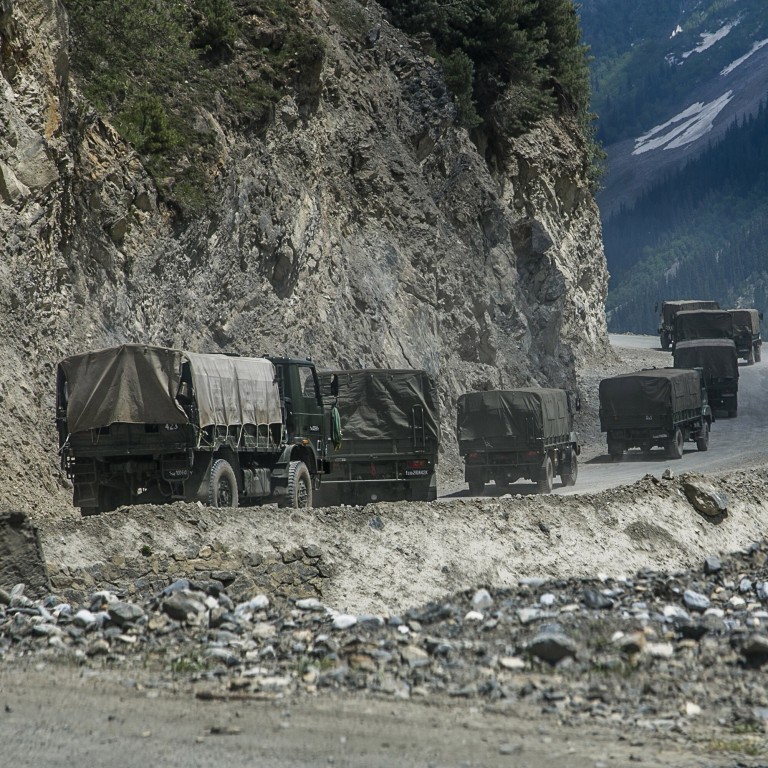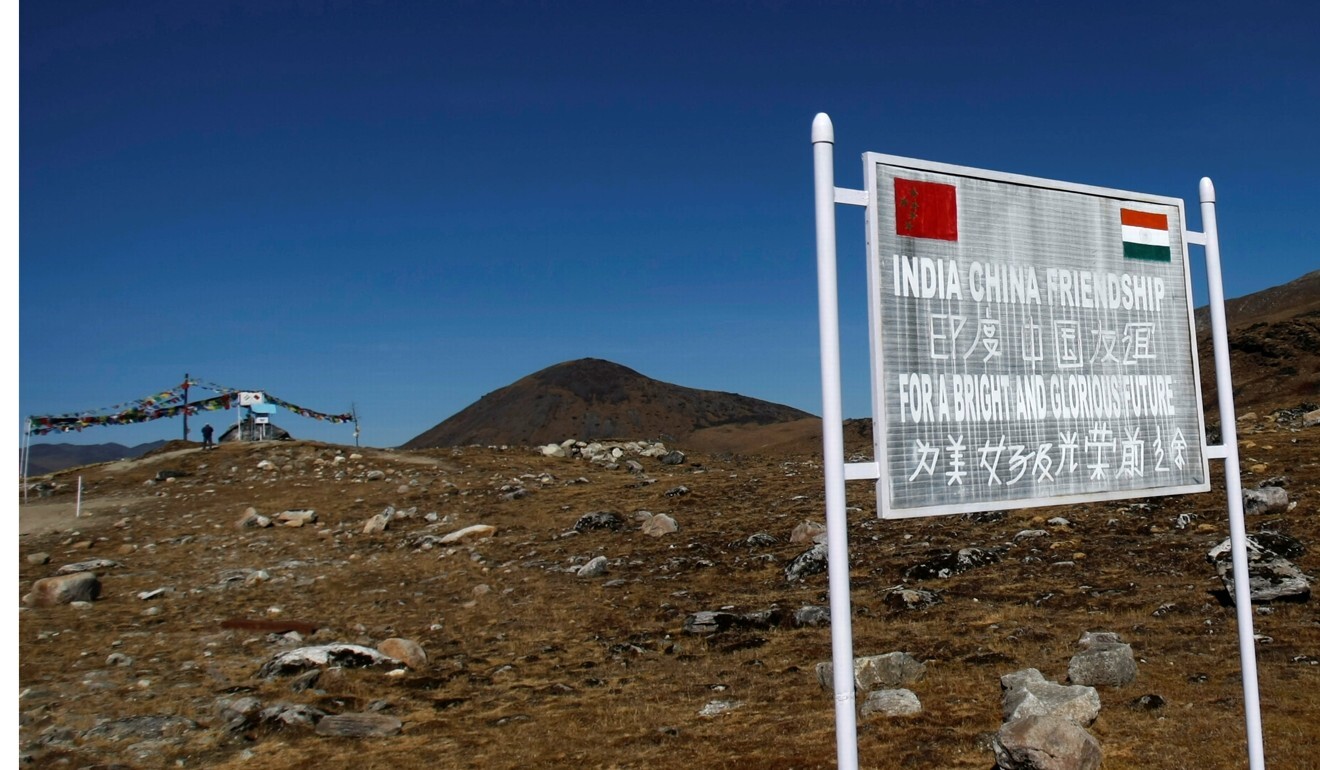
China, India border dispute: deadlock over pulling back troops from key Himalayan pass
- New Delhi rejected Beijing’s demand that it pull back thousands of reserve troops and weaponry it brought to the Depsang Plains and other areas
- India does not want to move them too far back as they are acclimatised to the altitude. Sources say this setback raises the prospect for another tense winter
India rejected the request during the 13th round of talks to resolve the border stand-off, and saw the demand as a setback after the two sides made steady progress in disengagement, the people said.
The Depsang Plains is split by the Line of Actual Control – a disputed but de facto boundary between India and China that runs along the Himalayas – and had previously been patrolled by both Indian and Chinese troops. China last year positioned troops at key locations in the plains, denying India access to 300 square kilometres (116 square miles) of land ever since, the people said.
India wants to move soldiers away from all key disputed areas along its border with China, but not all the way back to their original bases, the people said. That is because it is difficult for India to put them back in place in the event of a conflict, as each solider must go through a three-stage acclimatisation period that lasts about a month. Chinese soldiers, by contrast, can retreat to high-altitude locations on the expansive Tibetan Plateau, the people said.
The Indian Army and Defence Ministry did not respond to requests for comment on the details of the border talks. Chinese Foreign Ministry spokesman Zhao Lijian referred to a statement last week from Colonel Long Shaohua, a spokesman for the Western theatre of the People’s Liberation Army.
Chinese PLA runs tank drills on disputed Indian border as Ladakh talks fail
The Chinese side “made great efforts” to calm tensions during talks between military officials at the Chushul-Moldo border meeting point in the Ladakh region, Long said in the statement. “But India still stuck to unreasonable and unrealistic demands, which added difficulties to the negotiation,” he said.
Beijing expressed concern with Indian Vice-President M. Venkaiah Naidu’s visit to Arunachal Pradesh bordering Tibet on the same day as the 13th round of border talks, a move the China Daily newspaper called “provocative”.
“Given the current low level of mutual trust between the two sides, Beijing has a good reason to demand New Delhi stop taking any actions that may complicate the border issue and undermine bilateral ties,” the editorial said.

“Winter has come so normally this is not a time for the dispute to flare up,” she said. “But I don’t see the dispute being resolved either through negotiation or through force in the near future.”
China-India border row: ‘troops set to stay put’ and tough out winter
While Indian and Chinese soldiers over the years frequently came face-to-face in the Depsang Plains, the past few years have seen an increase in aggressive tactics at different points along the border. The tensions culminated in a clash in the Galwan Valley in June 2020 that left 20 Indian soldiers and an unknown number of Chinese soldiers dead.
In response, India shifted at least 50,000 additional troops to its border with China in a historic move toward an offensive military posture. Roughly 20,000 troops have been placed in areas along Depsang Plains and other friction points in the north, while another 20,000 are in the east in Arunachal Pradesh and the rest are positioned near Bhutan, which is also locked in a boundary dispute with China.
India and China have made some progress in de-escalating tensions this year, agreeing to pull back from some other friction points. After the 12th round of talks in August, New Delhi and Beijing issued an unusual joint statement describing the discussions as constructive. Indian officials at the time said a demilitarised zone would be created after the withdrawal of troops and artillery, and the area would not be patrolled by either side to stop rival soldiers from encountering each other.
At the same time, China has ramped up military exercises in the Tibet Military Region by about 70 per cent to 53 in the year to June 2021, according to data compiled by the New Delhi-based Centre for China Analysis and Strategy.
That suggests the PLA is “readying to activate other sectors along the Line of Actual Control,” said Jayadeva Ranade, a former head of the China desk at India’s cabinet secretariat and who now leads the Centre for China Analysis and Strategy.
“I don’t think China has any intention of pulling back.”

